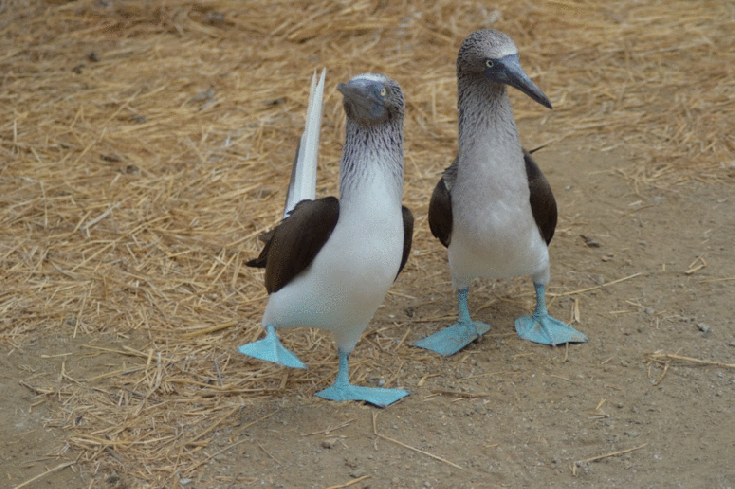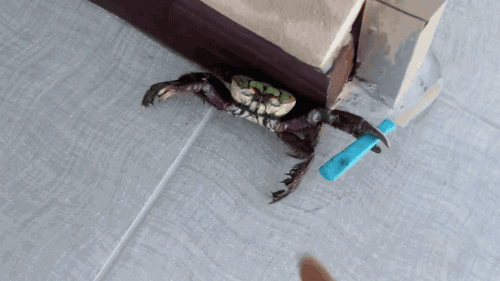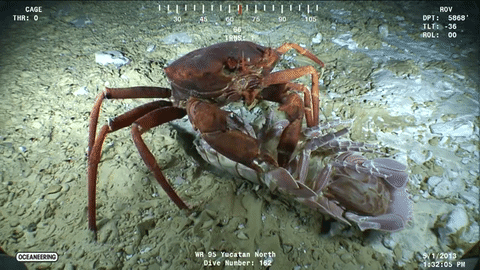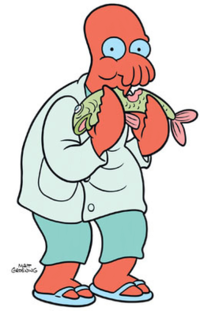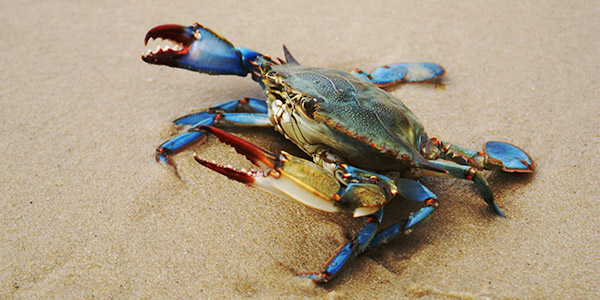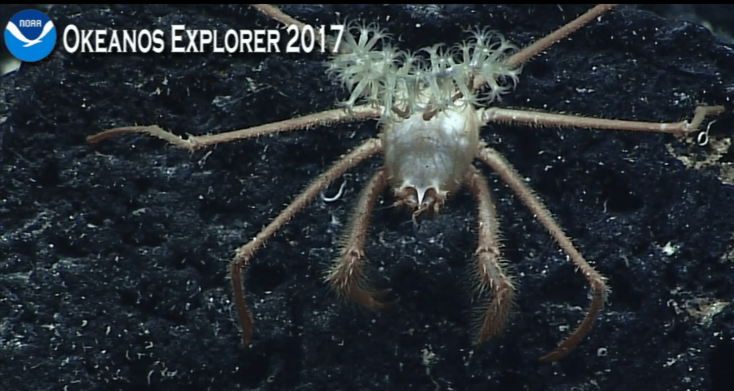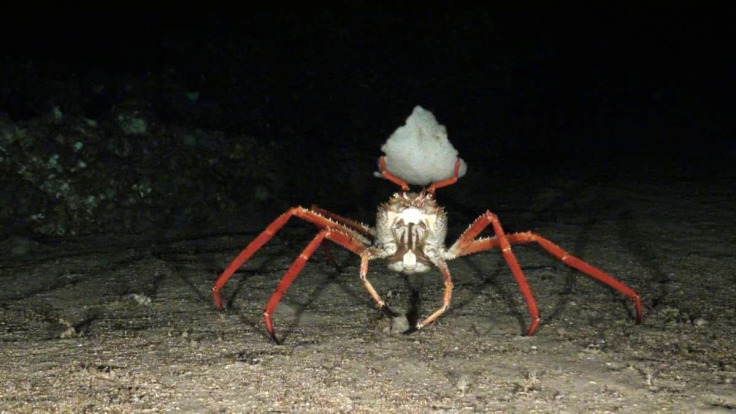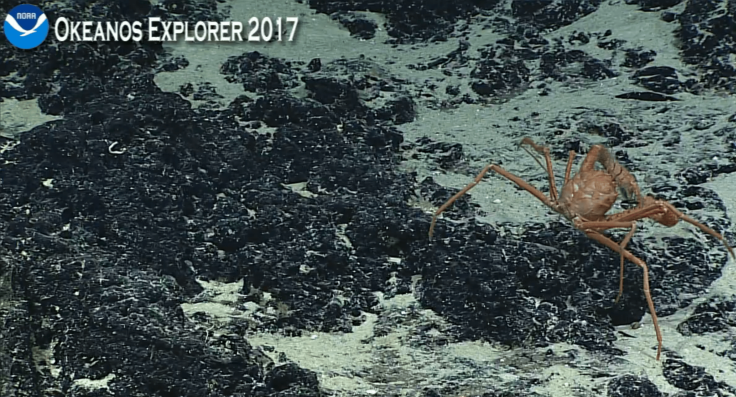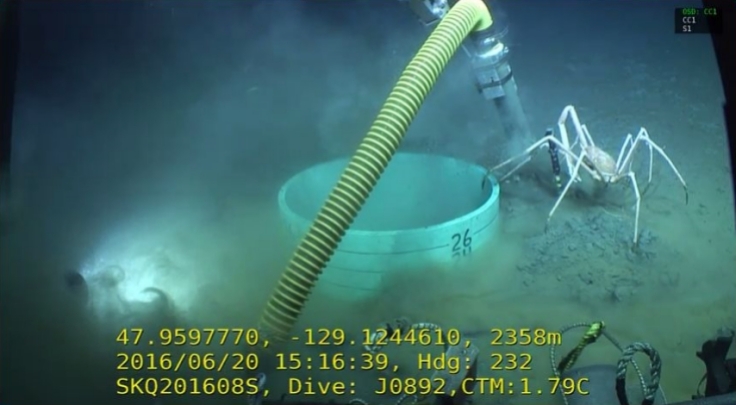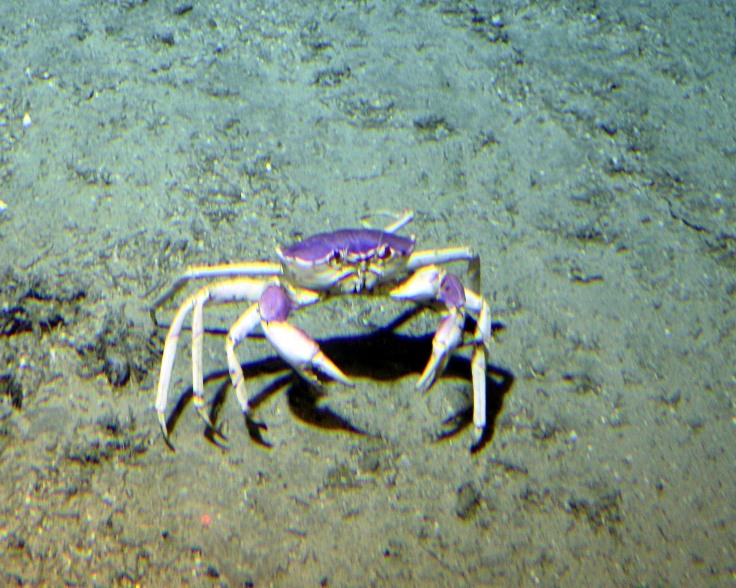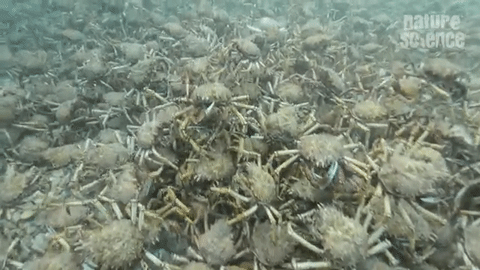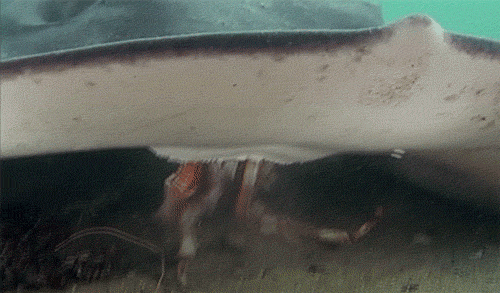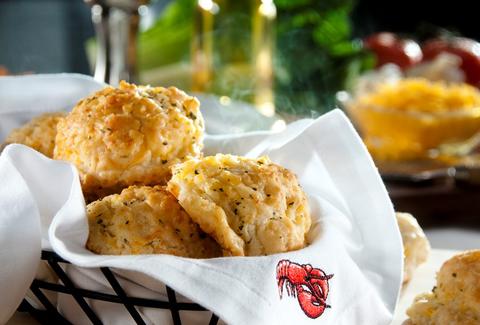I know, I know…birds?!? This is sea creature Sunday! Well, seabirds are still sea creatures and I also have a downey soft spot for birds. I seriously considered ornithology in undergraduate school, mostly because I’m in love with penguins, but I also just find the little dinosaurs so fascinating! However, after taking the Bird class at UT-Austin I quickly realized maybe I wasn’t a hard-core birder, but just a bird aficionado. The focus on identifying birds by their calls also made me nervous because I’m quite hard of hearing.

So! Sea birds! These are defined by primarily living on the ocean, especially those species that spend extended length of time at sea. Booby birds do this, as well as albatross and shearwaters. Part of what allows them to be on the ocean for so long are salt glands that remove excess salt from their blood. Interestingly salt glands are not limited to seabirds, but also found in numerous terrestrial birds including roadrunners.
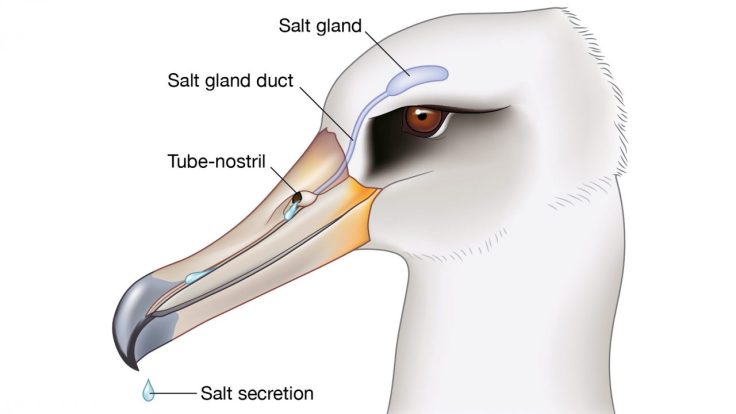
Seabirds include a huge number of groups, like pelicans, gulls, terns, petrels, gannets, penguins, and porgs…I mean puffins. 😂
Of all these why did I choose the booby bird? Because they’re f-ing hilarious! I’ve been on month-long cruises five different times now, and every time booby birds, especially red-footed boobies, have been the most charismatic animal I’ve seen above water. They’re a serious thorn in the crews’ sides, because Booby Bird Don’t Give A Hoot! (literally)
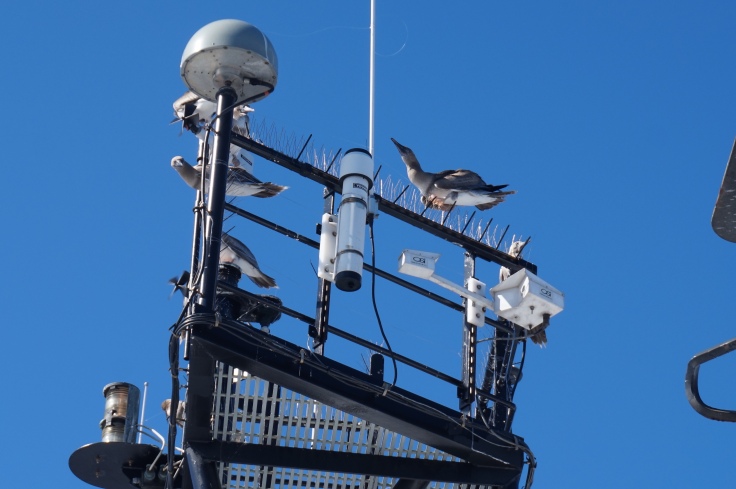
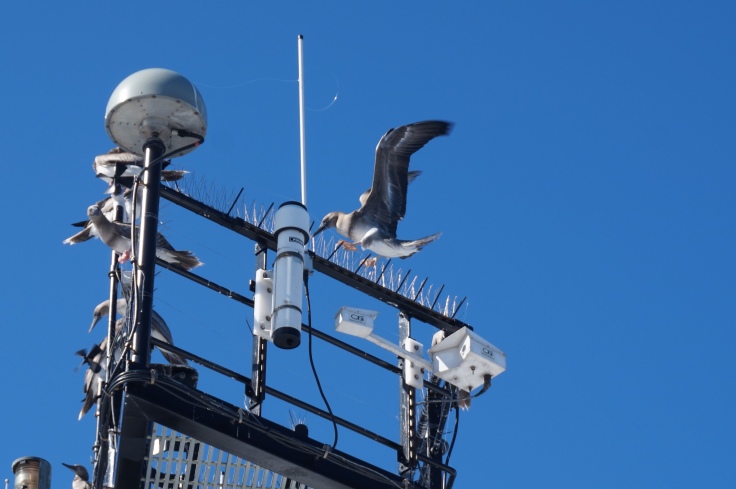
Booby Bird is also just fun to say, and when you think of the word “boob” in the manner of a brainless fool (like “Boob Tube”) booby birds definitely come to mind. Birds of the genus Sula are all tropical and nest on islands and coastlines, but otherwise are found at sea. They also appear to have a history of hanging out on ships, which led to them being easily captured and eaten by sailors, adding to the “fool” part of their name.
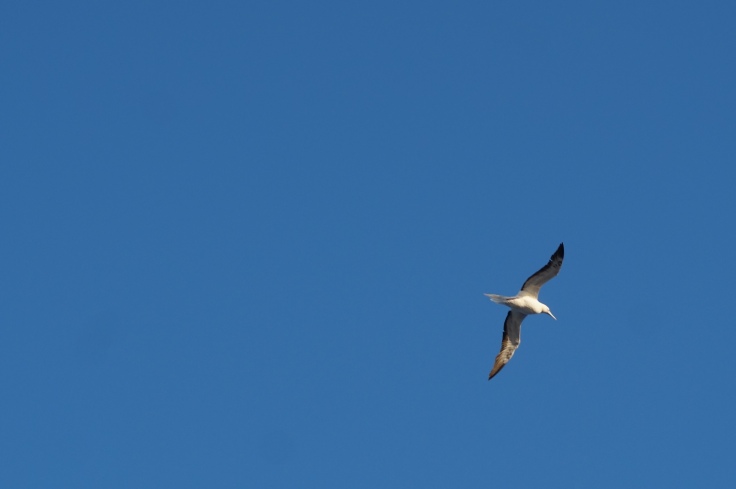
Red Footed Boobies (Sula sula) have a global distribution, so while they may be more confined to warm waters, they are spread out throughout those latitudes. There does appear to be sub-speciation in areas, like the Galapagos Islands, Indian Ocean, and the Caribbean. With their distinct blue bills and bright white (adult) feathers I could easily pick out these birds hunting (fishing?) for flying fish off the bow of the ship (when they weren’t breaking anemometers or antennae)
These birds can live up to 22 years, and don’t begin breeding until they are 4yrs old. They brood one egg each year, so populations are generally stable, but likely would be sensitive to human disturbances. They’re not listed on any endangered species list, but poaching has caused population declines over the last few hundred years.
Blue Footed Boobies (Sula nebouxii) are more limited in their distribution, found along the west coasts of North and South America and in the Galapagos Islands.
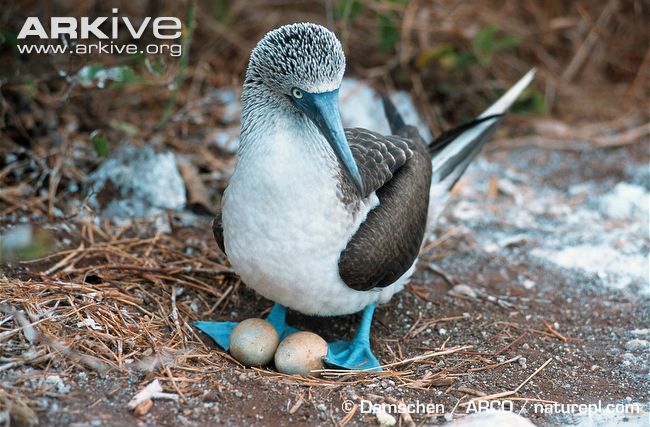
They are on the Least Concern category for IUCN red list, but Galapagos populations seem to be in decline due to food scarcity.
That same food is also responsible for the blue of their feet! The sardines Blue Footed Boobies preferentially hunt also provides the carotenoids that create that brilliant hue. The better a booby eats, the bluer the feet!
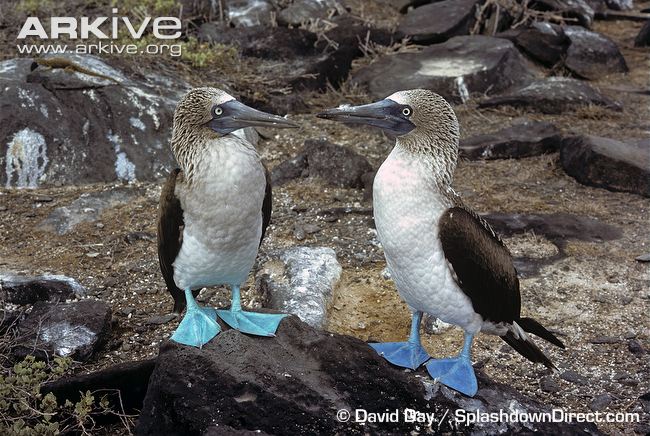
The feet are an important part of their mating ritual, female birds are very picky about their color blue, so males have to dance a good jig to show off their lovely feet well before they might be selected as a good mate!
Apparently I’m not the only one fascinated by booby birds as well, as I found an ENTIRE storefront for tote bags of booby birds!😍
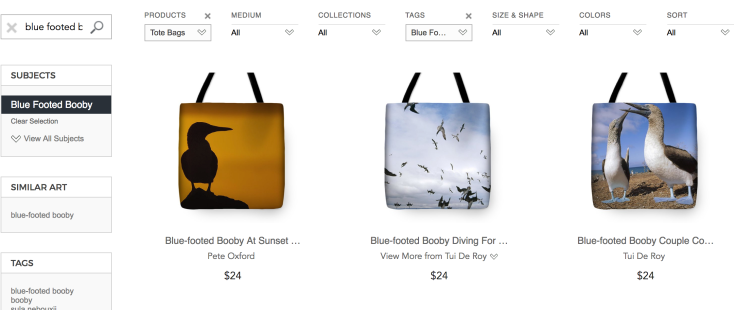
Four other species of Booby birds include the Masked Booby, which sounds like a bad day-time TV bandit, the Brown Booby, the Peruvian Booby, and the Nazca Booby. The Masked and Brown booby are also more globally distributed, while the Peruvian and Nazca Boobies are named for their primary habitats. None of these species are listed as endangered either, and in fact the Peruvian Booby is an important source of guano-based fertilizer.
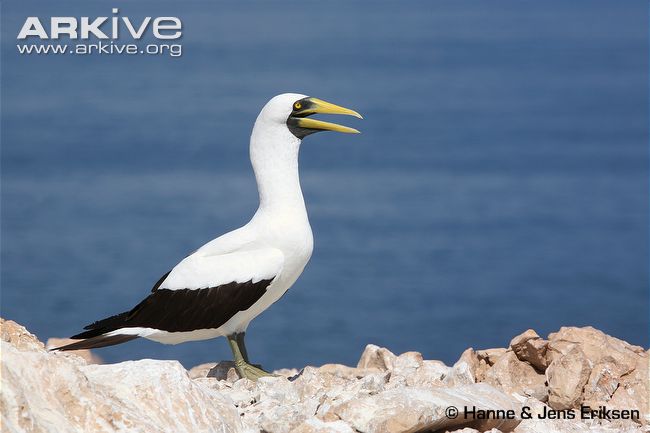
I can only hope now you also have some similar affection I have for these goofy birds! I also hope you giggled like a school child while reading this! I certainly did while writing it

